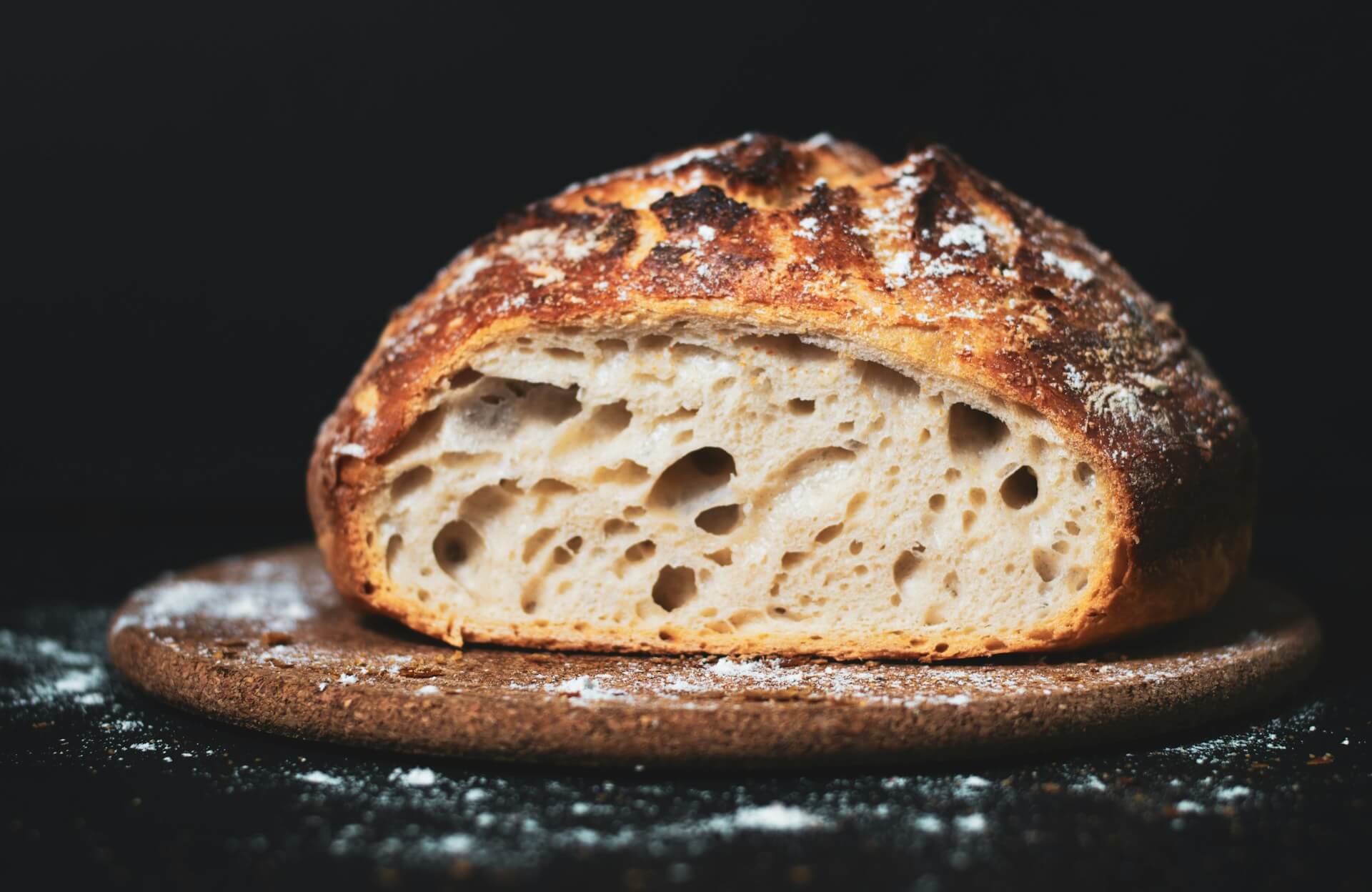Sourdough bread stands out from other types of bread, not only because of its unique texture and crust but also due to its distinct tangy flavor. This remarkable taste, crafted through a natural fermentation process, has made it a favorite among bakers and bread lovers worldwide. But what exactly gives sourdough bread its characteristic taste? Let’s dive into the science, process, and ingredients that make sourdough bread so unique.
1. Why Fermentation Makes Sourdough Bread Taste Different
The defining feature of sourdough bread lies in its fermentation process. Unlike commercially yeasted bread, sourdough uses a natural starter made of flour and water that captures wild yeast and lactic acid bacteria from the environment.
- Wild Yeast: Slower to rise than commercial yeast, giving the dough more time to develop complex flavors.
- Lactic Acid Bacteria: Produces lactic and acetic acids during fermentation, contributing to the tangy, sour flavor of sourdough bread.
The extended fermentation process allows the flavors to mature, which is one of the main reasons sourdough bread tastes different from other bread.
2. The Role of Acids in Sourdough Bread’s Taste
Lactic acid bacteria in sourdough starter produce two primary acids that define the flavor:
- Lactic Acid: Creates mild tanginess and creamy notes.
- Acetic Acid: Adds sharpness and complexity to the flavor profile.
The balance of these acids depends on fermentation conditions, influencing why sourdough bread tastes different depending on temperature and time.
3. Unique Ingredients Make Sourdough Bread Taste Different
Sourdough bread is typically made with just three basic ingredients: flour, water, and salt. However, the type of flour significantly impacts the flavor.
- Whole-Grain Flour: Adds nutty and earthy notes.
- White Flour: Produces a milder flavor.
- Rye Flour: Enhances sourness and adds depth.
Even the minerals in water and the type of salt used subtly affect the bread’s flavor, contributing to why sourdough bread tastes different from loaf to loaf.
4. Time: A Key Factor in Sourdough’s Distinct Flavor
Patience is essential in sourdough baking. The fermentation process can take hours or days, depending on the recipe. This slow process:
- Breaks down starches into sugars, enhancing sweetness.
- Allows yeast and bacteria to create a deeper flavor.
- Gives the bread its chewy texture and crispy crust.
The longer the dough ferments, the tangier the flavor becomes—another reason sourdough bread tastes different.
5. How Regional Variations Influence the Taste of Sourdough Bread
The taste of sourdough bread can vary significantly depending on where it’s made. Regional differences in wild yeast and bacteria contribute to its unique flavor.
For example, San Francisco sourdough is famous for its bold tanginess due to Lactobacillus sanfranciscensis bacteria. Even climate and humidity affect the fermentation process, making sourdough bread truly a local experience.
6. The Baking Process: Why Sourdough Bread Tastes Different
The baking process also impacts sourdough bread’s flavor:
- Maillard Reaction: Sugars and amino acids react during baking, forming a golden crust with a rich, toasty flavor.
- Steam in the Oven: Creates a crispy crust and locks in moisture, enhancing the bread’s overall taste.
The contrast between the tangy interior and the caramelized crust is why sourdough bread stands out.
7. Why Sourdough Bread is Special
Sourdough bread’s taste combines art, science, and nature. Its flavor stands out due to:
- Natural Fermentation: Creates complex flavors without commercial yeast.
- Customizable Taste: Bakers adjust sourness by tweaking fermentation time and temperature.
- Health Benefits: Easier to digest due to broken-down gluten and phytic acid.

Conclusion
Why does sourdough bread taste different? The answer lies in its natural fermentation process, the interplay of wild yeast and lactic acid bacteria, and the careful balance of time, ingredients, and baking techniques. Every loaf tells a story—not just of the baker but of the environment where it was made.
Whether you enjoy sourdough for its tangy taste or health benefits, it’s more than just bread—it’s an experience.